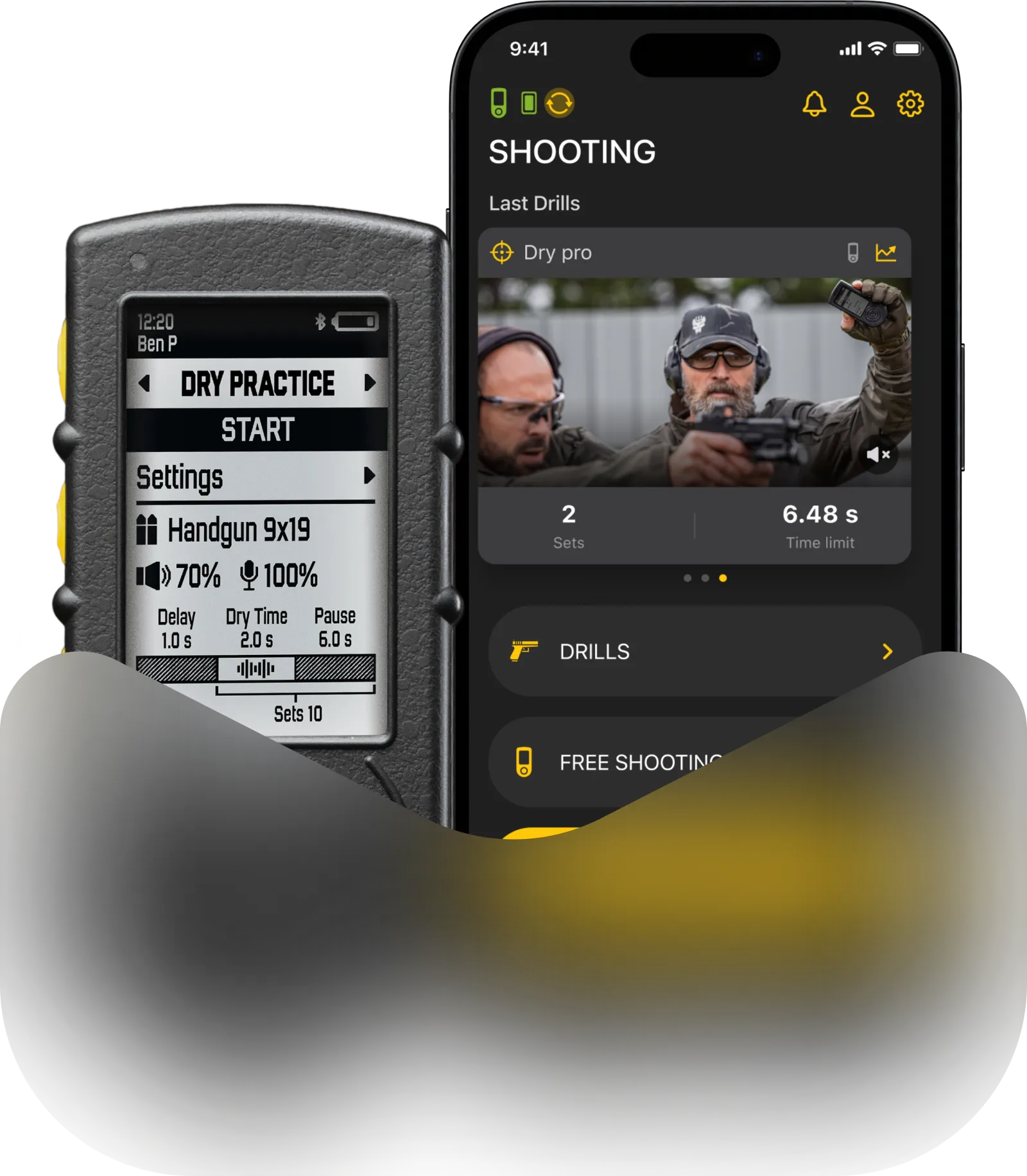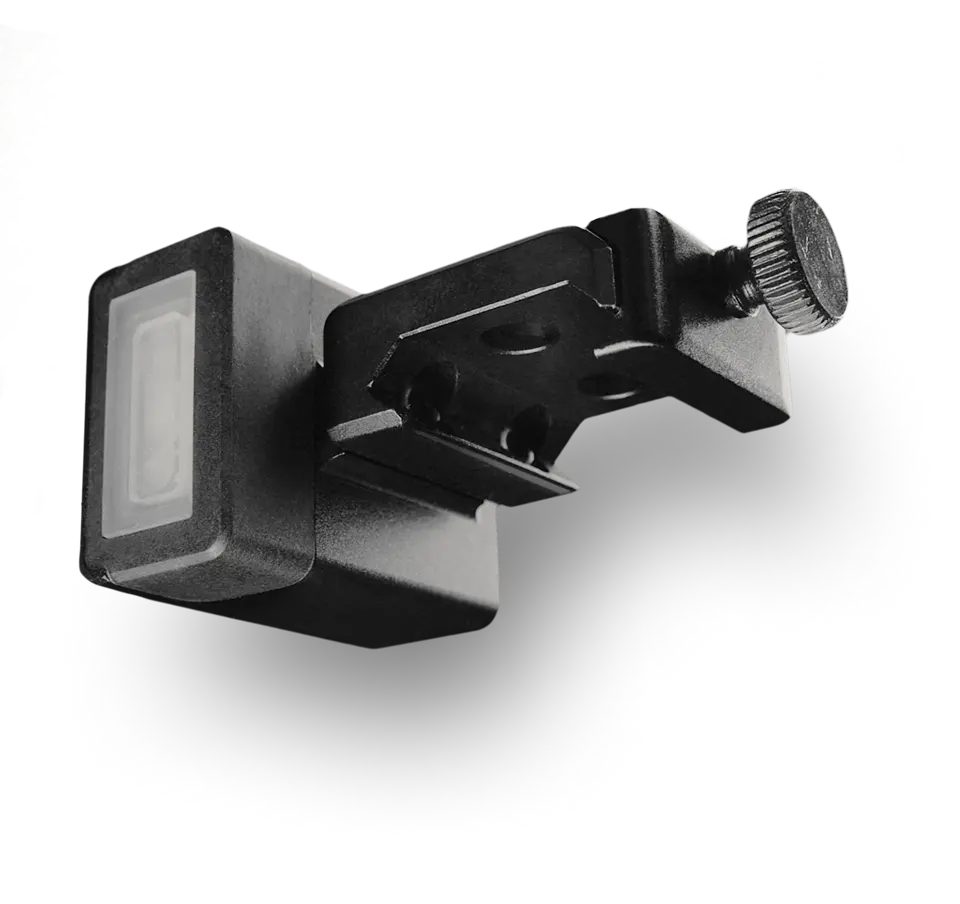We bet you wish every move you make is swift, precise, and almost second nature. That’s the pinnacle of any athlete’s dream, especially in sports where every millisecond matters, like in shooting. This is where you need a shot timer to progress — they are not just tools, but essential partners. These devices are more than just stopwatches. They are literally helping you to build muscle memory, and this is how.
Understanding Muscle Memory
Muscle memory is your body’s way of clicking the 'save’ button on repetitive actions. It’s not actual memory stored in your muscles — it’s the brain engraving a blueprint of movements that, through practice, become automatic. Consider typing: at first, you painstakingly find each key, but eventually, your fingers fly across the keyboard without conscious thought. In shooting, muscle memory lets a marksman fire with astonishing accuracy and speed, all without a moment’s hesitation. Shooting timers serve as the ultimate training companion, pushing the boundaries of how quickly and accurately these actions are done.
Muscle memory is created through a process known as motor learning, where the brain encodes repetitive physical movement into long-term memory. The more a movement is practiced, the more efficient the neural pathways become that are involved in executing that movement. This is facilitated by the plasticity of the brain, which allows it to adapt and change with experience.
Scientific studies have shown that practice not only changes brain activity but can also lead to physical changes in the brain itself. One of these changes is the increase in myelin sheath — a fatty layer that wraps around nerve fibers, increasing the speed at which impulses are conducted between neurons. This myelination process is crucial for developing muscle memory, as it improves the speed and smoothness of movement execution.
In practical terms, muscle memory means that with sufficient practice, movements can be performed automatically without conscious thought. This is critical in sports, including shooting, where reaction time and precision are vital.
SG Timer 2
So How a Shooting Timer Builds Muscle Memory?
“Ok, I obviously need to practice more to build muscle memory. But what does it have to do with shot timers? I can just keep training, trying to shoot as fast as I can every time”.
Using shot timers in your training goes beyond just practicing to shoot faster; they bring a structured, measurable aspect to your sessions that’s crucial for effective skill development.
Advanced shot timers such as SG Timer 2 provide immediate feedback on your performance. Each shot’s timing is recorded, allowing you to understand not just how fast you’re shooting, but more importantly, how consistent your timing is between rounds. You learn and you build your muscle memory faster when you see your results, spot your mistakes, and train smarter.
Stress Simulation
One of the key benefits of using a shot timer is its ability to simulate the pressure of real-life shooting scenarios, such as competitions or defensive situations. By creating time constraints, shot timers add a layer of stress that trains you not only physically but also mentally. This prepares you to perform smoothly and automatically under pressure.
If you don’t use a shooting timer, you can lose your composure during competitions, where shot timers are used. That’s why you need to train in conditions that are close to real competitions.
Also read: How to Choose a Shot Timer
Training Techniques Using a Shot Timer
Training with a shot timer can transform a regular shooting practice into a highly effective, efficiency-driven session. Here are some techniques on how to effectively use a shot timer.
Basic Drills to Start
- Draw and shoot. Begin with simple drills like drawing from a holster and firing a single shot. The timer will cue your start, and the goal is to reduce the time it takes from the beep to the shot. This basic exercise helps improve your draw speed and shooting immediacy.
- Controlled pairs. Practice firing two shots quickly with the goal of keeping both within a tight grouping. This drill emphasizes not only speed but also control, helping to balance quick reflexes with accuracy.
- Shot cadence. Work on firing multiple shots at a consistent pace. Set a goal time for each shot, like half a second between each pull of the trigger, to develop a rhythmic shooting pattern. Consistent cadence is crucial for maintaining accuracy under rapid fire conditions.
Also read: Dry Fire Guide + Drills
Intermediate Drills
- Reload drills. Incorporate reloading into your practice. Start with an empty magazine in the gun, execute a reload, and fire. This drill builds your muscle memory for reloading quickly and efficiently, an important skill in both competition and defensive scenarios.
- Multiple target engagement. Set up several targets and practice switching between them after each shot. Use the timer to record total time for engaging all targets. This helps improve target acquisition speed and the ability to maintain focus across multiple threats.
Advanced Techniques
- Par time drills. Set a 'par time’ on your shoiting timer, which is the maximum time allowed to complete a task. Perform a complex sequence of actions, like moving between cover, drawing, firing, and reloading, all before the timer goes off. This pushes your speed and proficiency in simulated stress conditions.
- Scenario simulation. Create realistic shooting scenarios based on potential real-life situations or competition stages. Use the timer to enforce time limits and to mimic the pressure of an actual event.
Good luck with your training!
Download Drills app: shooting training assistant:
AppStore | Google Play






